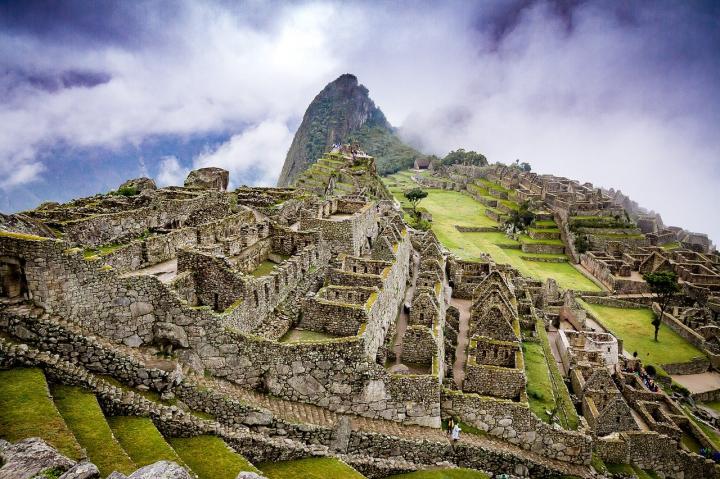
Credit: from Pixabay
An international team of researchers including the University of Adelaide, has completed the first large-scale study of DNA belonging to ancient humans of the central Andes in South America and found early genetic differences between groups of nearby regions, and surprising genetic continuity over thousands of years.
In the study, published in the journal Cell, researchers analysed the DNA of 89 ancient humans who lived in the central Andes between 500 and 9,000 years ago, and compared it with the genetic diversity of present day occupants, to shed light on the genetic changes over time.
The ancient remains included 65 newly reported humans never before studied.
Associate Professor Bastien Llamas from the University of Adelaide’s Australian Centre for Ancient DNA, who was part of the research team, says there are many unanswered questions about the population history of the central Andes and in particular the large-scale societies that lived there including Inca, Tiwanaku, Moche and Wari.
“We know from archeological research that the central Andes region is extremely rich in cultural heritage, however up until now the genomic makeup of the region before arrival of Europeans has never been studied,” he said.
“While archaeological records play a role in connecting cultures, studying ancient DNA can provide a finer grain picture.
“For example, archaeological information may tell us about two or three cultures in the region, and eventually who was there first, but ancient DNA can inform about actual biological connections underlying expansion of cultural practices, languages or technologies.”
In the study, researchers found that genetic differences between the people of the central Andean Highlands and Coastal regions were in place as early as 9,000 years ago; with a north-south substructure of the Highlands developing by 5,800 before present (BP). These differences are still apparent in people living in those areas today.
After 5,800 BP there was evidence of genetic mingling, indicating movement of the Highlands people between north and south, central and coastal regions. However, the migrations appear to slow down by 2,000 BP, with minimal changes to the genetic structure of the central Andean region between 2,000 and 500 BP.
“This was quite surprising given this period saw the rise and fall of many large-scale Andean cultures such as Moche, Wari and Nasca, and suggests that these empires implemented a cultural domination without moving armies,” Associate Professor Llamas said.
There were two exceptions to the slowing of migration, and these were within the Tiwanaku and Inca populations, whose administrative centres were largely cosmopolitan – people of diverse ancestries living side-by-side.
“It was interesting to uncover signs of long-range mobility during the Inca period. Archaeology shows Incans occupied thousands of kilometres from Ecuador through to northern Chile – which is why when Europeans arrived they discovered a massive Inkan empire, but we found close genetic relationships between individuals at the extreme edges of the empire,” Associate Professor Llamas said.
Scientists across eight countries and multiple institutions were involved in the study including Harvard University, the Max Planck Institute, and the University of California at Santa Cruz. The key members of the team were from Bolivia, Argentina, Chile and Peru where the ancient remains originated.
“Ancient DNA is fascinating because it literally connects past and present people, but it is only by engaging early on and continually with local communities and governments, and with scholars who work closely with these communities, that we can perform research that respects people’s cultural heritage and provide results that are truly meaningful,” said Associate Professor Llamas.
Associate Professor Llamas, who has been studying ancient DNA within South America for more than 10 years, says that the study has expanded previous research, which provided an overall picture of the whole continent and how people arrived in migration waves.
“We hope this more detailed genetic picture of populations of the central Andean Highlands will allow archeologists to ask new questions about the history of the region and will lead to further cultural learnings and strengthen collaboration with local communities,” he said.
###
Media Contact
Kelly Brown
[email protected]
Original Source
https:/
Related Journal Article
http://dx.




